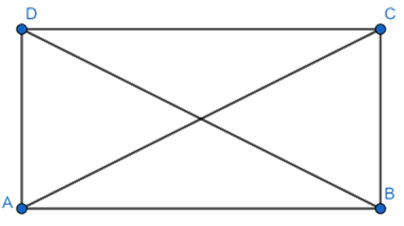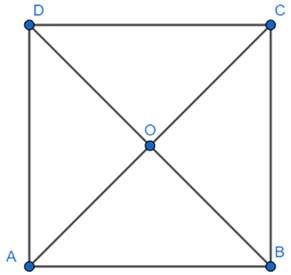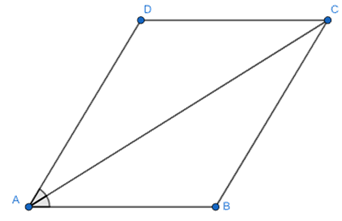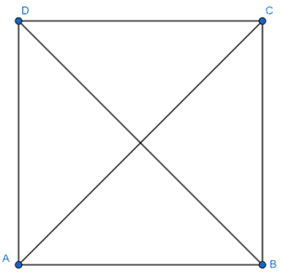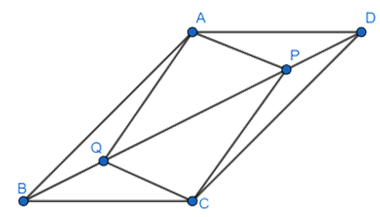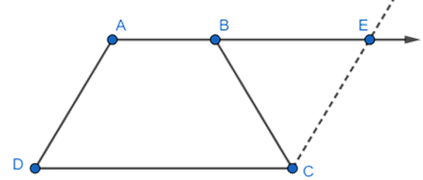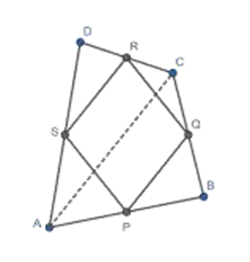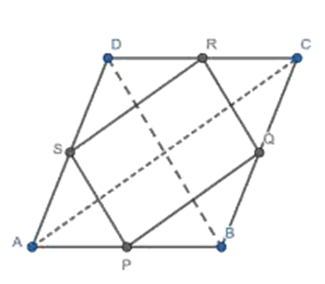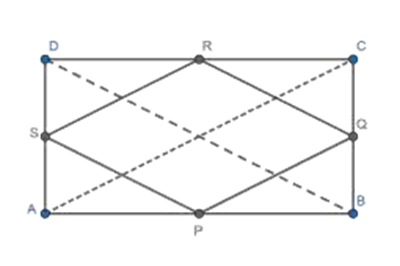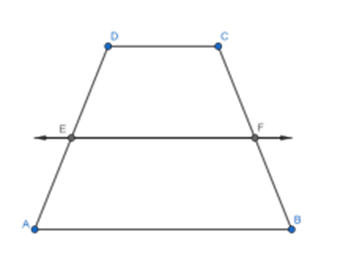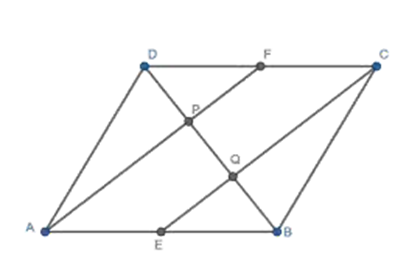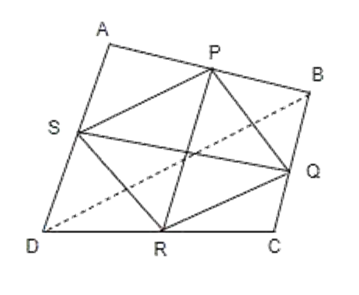Class 9 Maths Chapter 8 Solutions with Step-by-Step Explanations
NCERT Solutions for Class 9 Maths Chapter 8 Quadrilaterals 2025-26
FAQs on NCERT Solutions for Class 9 Maths Chapter 8 Quadrilaterals 2025-26
1. What are the key properties of parallelograms covered in NCERT Solutions for Class 9 Maths Chapter 8?
Key properties of parallelograms as per NCERT Solutions for Class 9 Maths Chapter 8 include:
- Opposite sides are equal and parallel, i.e., AB = CD and AD = BC
- Opposite angles are equal
- Diagonals bisect each other
- Each pair of adjacent angles is supplementary
2. How can you prove a quadrilateral is a parallelogram using NCERT Class 9 strategies?
To prove a quadrilateral is a parallelogram per CBSE guidelines:
- Show both pairs of opposite sides are parallel OR equal
- Prove diagonals bisect each other
- If a pair of opposite sides is both equal and parallel, it is also a parallelogram
3. What is the Midpoint Theorem and how is it applied in quadrilateral proofs in Class 9?
The Midpoint Theorem states that the line segment joining the midpoints of two sides of a triangle is parallel to the third side and half as long. In NCERT Class 9 quadrilaterals, this theorem is used to:
- Show relationships between sides in parallelograms and other quadrilaterals
- Prove lines are parallel or calculate unknown lengths
4. How does the NCERT Class 9 Maths Chapter 8 differentiate between a rectangle, square, and rhombus?
Rectangle: All angles are 90°, opposite sides are equal.
Square: All sides equal and all angles are 90°. It is both a rectangle and a rhombus.
Rhombus: All sides equal, but angles not necessarily 90°.
These distinctions are emphasized in NCERT Solutions for Class 9 by using properties to identify or prove specific shapes in exam settings.
5. Why is understanding the properties of quadrilaterals important for CBSE Class 9 exams?
Understanding quadrilateral properties is essential for Class 9 exams because:
- Many geometry proofs require accurate identification of these properties
- Questions often ask to justify geometric characteristics
- Foundational for advanced topics in higher classes
6. In NCERT Solutions for Class 9 Maths Chapter 8, what’s the strategy for solving stepwise proof questions?
When tackling proof questions:
- Write Given and To Prove statements clearly
- Diagram the situation wherever possible
- Apply relevant quadrilateral or parallelogram properties sequentially
- State the rationale for each step (e.g., "Opposite sides of a parallelogram are equal")
- Conclude with the required result
7. How does NCERT Class 9 define the relationship between trapezium and parallelogram?
As per Class 9 NCERT:
- All parallelograms are trapeziums because they have at least one pair of parallel sides
- Not all trapeziums are parallelograms because trapeziums can have non-parallel or unequal sides
8. What mistakes do students commonly make in quadrilaterals proofs according to CBSE pattern?
Frequent mistakes include:
- Not stating the reason for each proof step
- Mixing up properties of different quadrilaterals
- Incorrect diagram construction
- Ignoring or wrongly applying the Midpoint Theorem
9. How can you use diagonals to prove a figure is a rectangle or rhombus in Class 9 NCERT questions?
To prove a rectangle: Show that the parallelogram's diagonals are equal.
To prove a rhombus: Show that the parallelogram's diagonals bisect each other at right angles.
These diagonal properties are often tested in CBSE short or long answer patterns.
10. What types of problems are included in NCERT Solutions for Class 9 Maths Chapter 8?
Problems include:
- Identification of quadrilaterals from diagrams
- Application of properties to find lengths or angles
- Proof-based questions using the properties and theorems
- Construction problems based on given conditions
11. How does Class 9 NCERT define adjacent and opposite angles or sides in a quadrilateral?
Adjacent sides/angles share a common vertex or side (e.g., AB and BC, ∠A and ∠B), while opposite sides/angles do not touch each other directly (e.g., AB and CD, ∠A and ∠C). These definitions are essential for property-based proofs and MCQs.
12. What is the importance of the area formula for a quadrilateral in Chapter 8?
The area of a quadrilateral ABCD is calculated as the sum of the areas of triangles formed by its diagonal. Formula: Area = (1/2) × d × (h1 + h2), where d is the length of the diagonal and h1, h2 are heights from opposite vertices. Application of this formula is regularly tested in board exams.
13. How should you approach higher-order thinking questions (HOTS) from Quadrilaterals for CBSE exams?
- Analyze the diagram to identify all possible properties
- Use more than one property/theorem as required
- Justify every claim stepwise
- Think about alternate approaches, especially with construction or unknown sides
14. How are congruency rules applied in parallelogram proofs in Class 9 NCERT Solutions?
Congruency rules like SSS, SAS, ASA are used to match corresponding sides and angles for triangles within a quadrilateral. This establishes equality or other properties (e.g., proving diagonals are equal or bisect each other), and is a standard method for Class 9 geometry questions.
15. What are the CBSE-recommended steps to avoid mistakes in Class 9 Quadrilaterals solutions?
- Read questions carefully and construct clear diagrams
- Label all points before writing the solution
- State reasons for each step explicitly
- Cross-check each property applied
- Practice regularly using stepwise NCERT solutions




















 Watch Video
Watch Video





